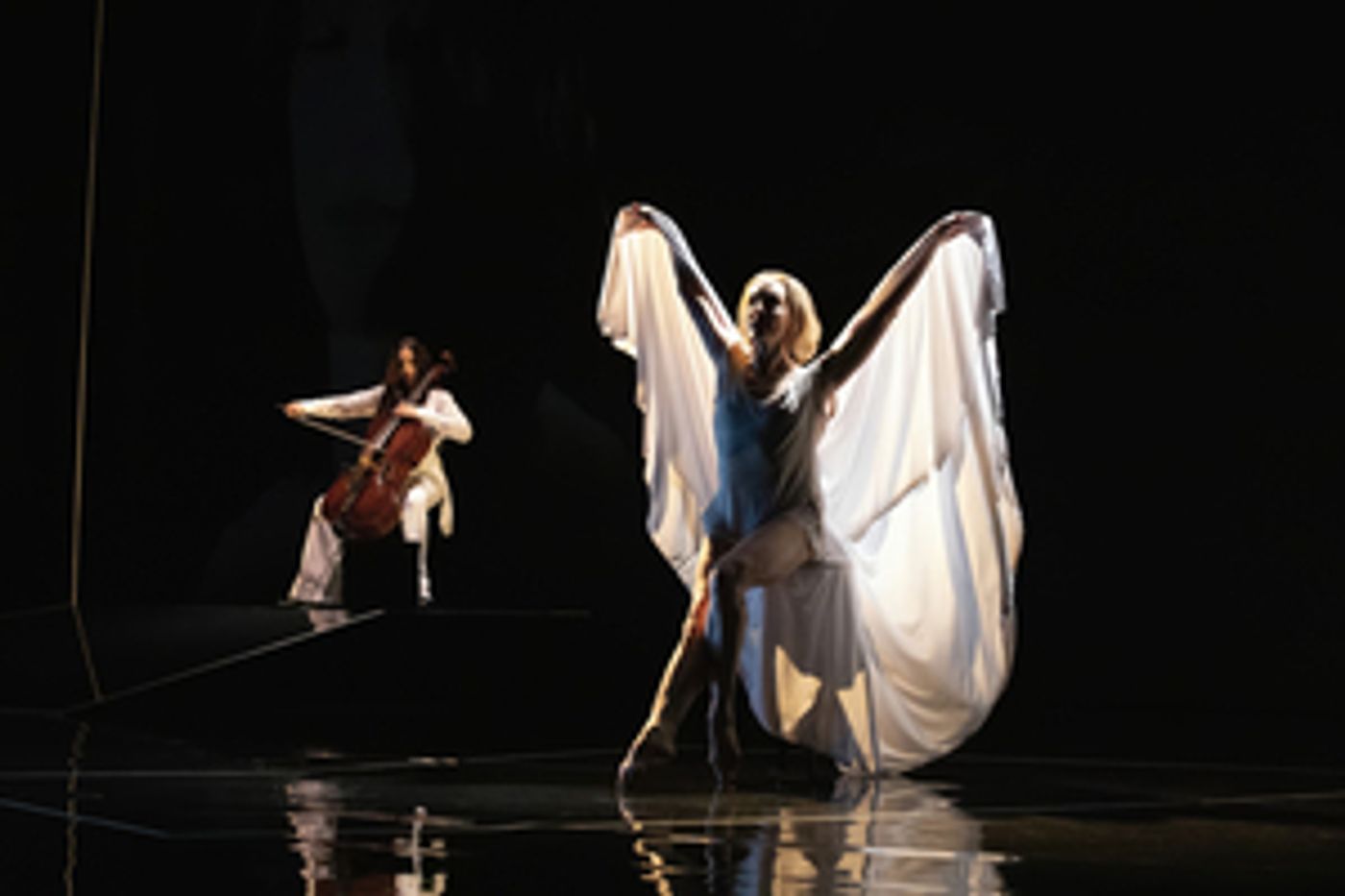Interview: Maya Beiser and Wendy Whelan on THE DAY

Cellist Maya Beiser's history with composer David Lang's 2001 work world to come includes commissioning and recording it for an album, accompanying choreographer Pontus Lidberg's film Labyrinth Within (utilizing Lang's score) which introduced her to dancer Wendy Whelan in 2010. And now, as a collaboration with Whelan, choreographer Lucinda Childs, and commissioning an additional "prequel" composition from Lang for the evening-length work, THE DAY, to be co-presented by Tennessee Performing Arts Center and Oz Arts Nashville in partnership with Nashville Ballet on January 18, 2020. Speaking by phone, Beiser described her early practice sessions learning world to come, born out of 9/11 experiences. "I kept getting imagery for the music while I practiced. While music is usually a very visual experience for me, I kept seeing a woman dancing. She embodied the feelings of everyone's experience. The piece became multi-disciplinary to reflect the visceral aspect of sense and remembrance. THE DAY is not a 9/11 memorial, but builds upon the memories we hold on to, or the images that deeply shape memory."
In terms of building the creative team for the work, Beiser felt strongly that women should shape the artistic direction. Whelan also concurred by phone, deeming that she "played it safe" in her initial departure from New York City Ballet (NYCB) working in a traditional male to female structure learned from her classical ballet background. Whelan credited her transition into contemporary works for developing confidence in diversifying gender leadership and thinking bigger, which "ultimately gave her the courage to return to NYCB" in her current role as Associate Artistic Director. Whelan described her time away from NYCB as giving her tools to support current company artists with what she wanted and needed as a young dancer, lauding the value of collaboration for both ballet and contemporary artist development. Whelan had wanted to work with Childs (ballet dancers respond well to her movement vocabulary), and Beiser was familiar with Childs' work with mutual colleague Philip Glass. Beiser valued Childs' approach to music and movement, noting that "not all choreographers read music." Beiser described Childs' interpretation of the music as "broad and deep, with a complex polyrhythmic pattern."
"All three of us were in the studio at Baryshnikov Arts Center together," Beiser said, "I played live, while Lucinda choreographed on Wendy." Whelan echoed the highly interactive studio dynamic, saying, "I had full trust in Lucinda. I feel really grateful to work with her at this stage in my career. She was very active physically in developing the work. She's very precise, and it was an opportunity to hear the music differently from when I first experienced it in a story narrative with Lidberg's film. I always wonder if I'm doing enough; Lucinda gave me text and props in the first half with a template of actions in a freer structure for the second half, which requires refinement and restraint. All of this really built my confidence, to be trusted to move on stage."
Beiser and Whelan both described the intense sensory response of being on stage together; for the first part, Beiser is upstage on a platform away from Whelan, they switch locations in the second half, which puts them closer together and the music becomes more dynamic. For Beiser, the performance is demanding in that Lang's earlier composition wasn't designed to be memorized, which is how she performs it in this piece. Beiser also recorded additional cello tracks to overlap her live performance. Whelan finds the yin and yang in their performance chemistry, saying, "we're very opposite in nature, which creates balance. I'm more androgynous with clean, clear lines while she has a big, vibrant presence." Beiser affirmed Whelan's value for respecting collaboration saying she learned from Lang that "collaboration is about working with others who are great at something you don't do."
Beiser and Whelan acknowledged the tremendous support provided to make the work, which premiered in July 2019 at Jacob's Pillow, reality:
THE DAY was made possible by the New England Foundation for the Arts' National Dance Project, with lead funding from the Doris Duke Charitable Foundation and The Andrew W. Mellon Foundation.
THE DAY was co-commissioned by Théâtre de la Ville, Paris; Carolina Performing Arts at The University of North Carolina at Chapel Hill; Jacob's Pillow; The Joyce Theater; and Center for the Art of Performance at UCLA; and was supported, in part, by the Inaugural Artist Fellowship at The Joyce Theater Foundation's Artist Residency Center. Substantial development support was provided by LUMBERYARD Contemporary Performing Arts and Summer Stages Dance @ ICA/Boston, with additional support from Baryshnikov Arts Center.
THE DAY was supported in part by a Fay Chandler Faculty Creativity Grant from the MIT Center for Art, Science & Technology.
Photo by Erin Baiano.
Videos

